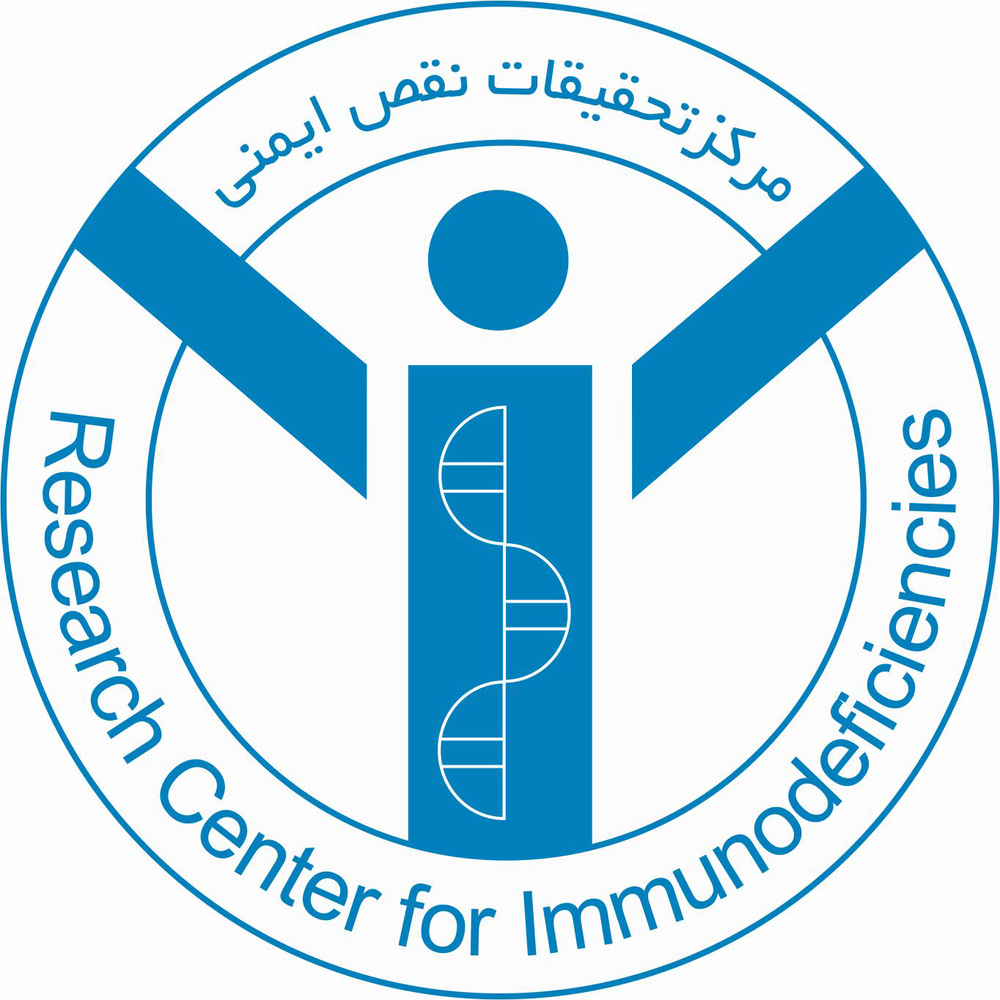Evaluating Expression of WASp in X-linked SCN in Comparison with WAS
Wiskott-Aldrich Syndrome (WAS) and X-Linked Severe Congenital Neutropenia (XLN) are rare X-linked immunodeficiency disorders characterized by variable clinical phenotypes.
Wiskott-Aldrich Syndrome (WAS) and X-Linked Severe Congenital Neutropenia (XLN) are rare X-linked immunodeficiency disorders characterized by variable clinical phenotypes. Both conditions are associated with mutations in the WAS gene, which encodes the Wiskott-Aldrich Syndrome Protein (WASP). WASP is a crucial regulator of actin polymerization in hematopoietic cells, with key roles in microglial activity, cell motility, and synapse formation. Classic WAS arises from mutations that abolish WASP expression, leading to clinical manifestations such as thrombocytopenia with small platelets, sinus and pulmonary lesions, eczema in young males, and X-linked neutropenia. Conversely, XLN primarily presents as .severe congenital neutropenia and is confirmed by sequencing the WAS gene focusing on the GTPase-binding domain
Due to the broad spectrum of clinical findings, WAS/XLT diagnosis should be considered for any male patient presenting with petechiae, bruising, and congenital or early-onset thrombocytopenia with small platelets. Neutropenia can be the sole clinical sign of Wiskott-Aldrich Syndrome for extended periods. The presence of mild to severe eczema, bloody diarrhea, and a history of recurrent infections can aid in the diagnosis, although immunological anomalies may range from absent to severe. It is noteworthy that autoimmune diseases are more common in WAS patients than in XLT patients. WAS mutations screening can be performed using Western Blot with appropriate anti-WASP antibodies, often showing absent or reduced WASP expression in PBMCs. Nonetheless, WASP gene sequencing is essential for definitive diagnosis, and a combination of these methods may help estimate disease severity (1).
XLN diagnosis should be considered for any male patient presenting with severe congenital neutropenia, confirmed by sequencing the WAS gene focusing on the GTPase-binding domain (8). Some patients may be misdiagnosed due to the diverse clinical features. Additionally, some patients with chronic idiopathic thrombocytopenic purpura undergo splenectomy before genetic diagnosis and confirmation by Western Blot. Early WAS diagnosis is crucial for disease management; hence, we aimed to evaluate WASP expression in suspected patients based on their clinical phenotype using Western Blot analysis. Assessing WASP protein expression can significantly confirm diagnosis in patients with atypical phenotypes and genotypes. Detecting abnormal protein expression in patients with benign or uncertain significance mutations in genetic tests, alongside WAS diagnosis and potential treatment advancements, will identify new disease-associated variants.
Given the importance of measuring WASP expression levels for accurate diagnosis and treatment decisions, particularly in patients with novel mutations identified through genetic screening, we propose to evaluate WASP expression using the WAS/XLN diagnostic panel. This study aims to improve our understanding of the molecular basis of WAS and XLN, thereby enhancing diagnostic precision and informing treatment strategies.




comment